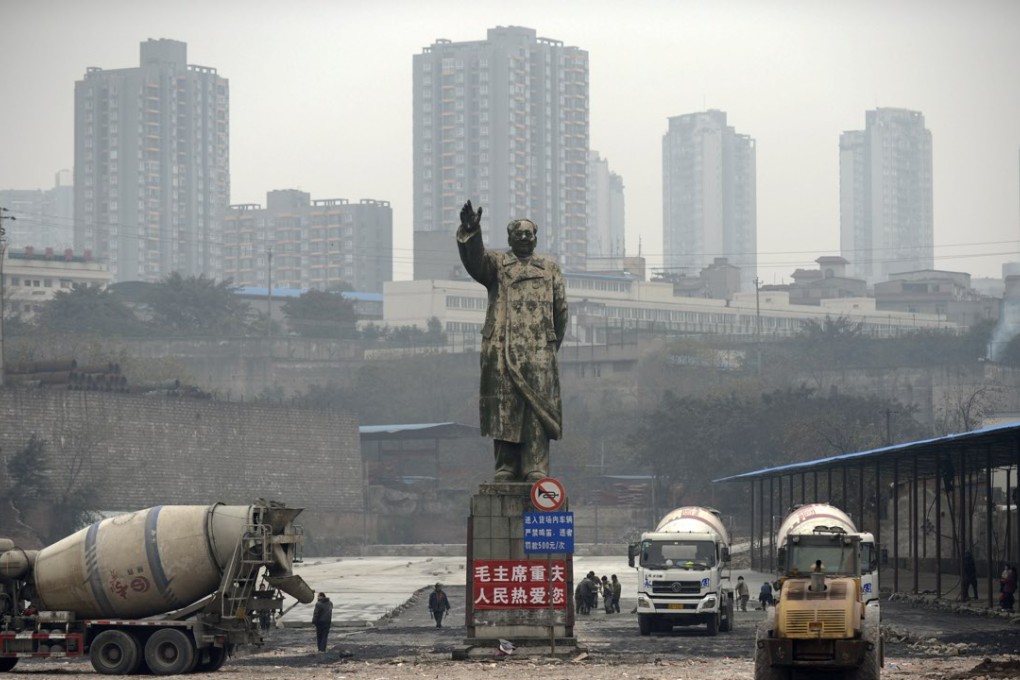How the economic dynamism of the Yangtze River Delta is flowing inland
Winston Mok says the vast region has reclaimed its role as a mega player on the world stage, and can lead China to become a world-class economy

While less in the limelight than the new Silk Road or Greater Beijing, the Yangtze economic belt is perhaps China’s most important economic engine. The region is a vast, encompassing more than 40 per cent of China’s economy.
The belt is anchored by the Yangtze River Delta whose economy is larger than those of Pearl River Delta and Greater Beijing combined. For most of the past millennium until the Industrial Revolution, the Yangtze River Delta was the world’s leading economic region, and it has reclaimed its role as a key mega region on the world stage.

READ MORE: China forges ahead with Yangtze mega-city ‘cluster’
How can these upstream regions benefit from the delta’s dynamism? The delta’s growth has been driven by Jiangsu and Zhejiang provinces. Zhejiang has climbed from 12th to the fourth-largest provincial economy since 1978, mainly through indigenous growth. And it has given birth to around a third of China’s top 500 private enterprises. The secret is capitalism from below – the dynamic private enterprises scattered in the smaller cities and towns in the region. It is the government supporting the market and not supplanting it.

Sharpening the edge is as important as pulling up the rest. Thus, upgrading the competitiveness of the Yangtze River Delta should remain a top priority. More than among nation states, the key competition this century is among economic regions. The Yangtze River Delta will compete with the Boston-Washington corridor and the Tokyo-Kansai belt as the top mega regions of the world.
To play in the global league, the delta’s top enterprises must narrow technology and management gaps with foreign counterparts. A dynamic delta – hopefully pulling the much larger economic belt along – can lead China to become a world-class economy.
